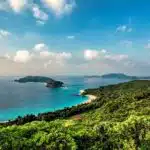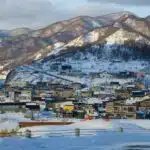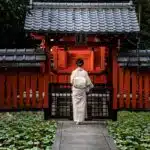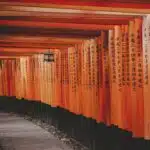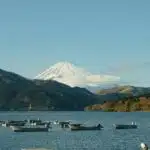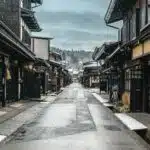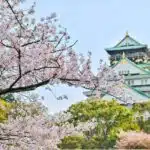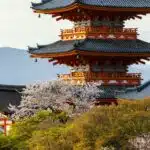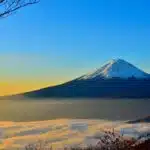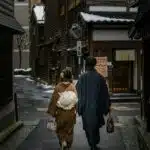Nikko, located in Tochigi Prefecture, is a UNESCO World Heritage site renowned for its stunning temples, natural beauty, and rich history. This mountain town is famous for the lavish Toshogu Shrine, dedicated to Tokugawa Ieyasu, and its surrounding forests, waterfalls, and hot springs. Nikko is the perfect blend of culture and nature, offering a peaceful retreat from the bustle of Tokyo, which is just a few hours away.
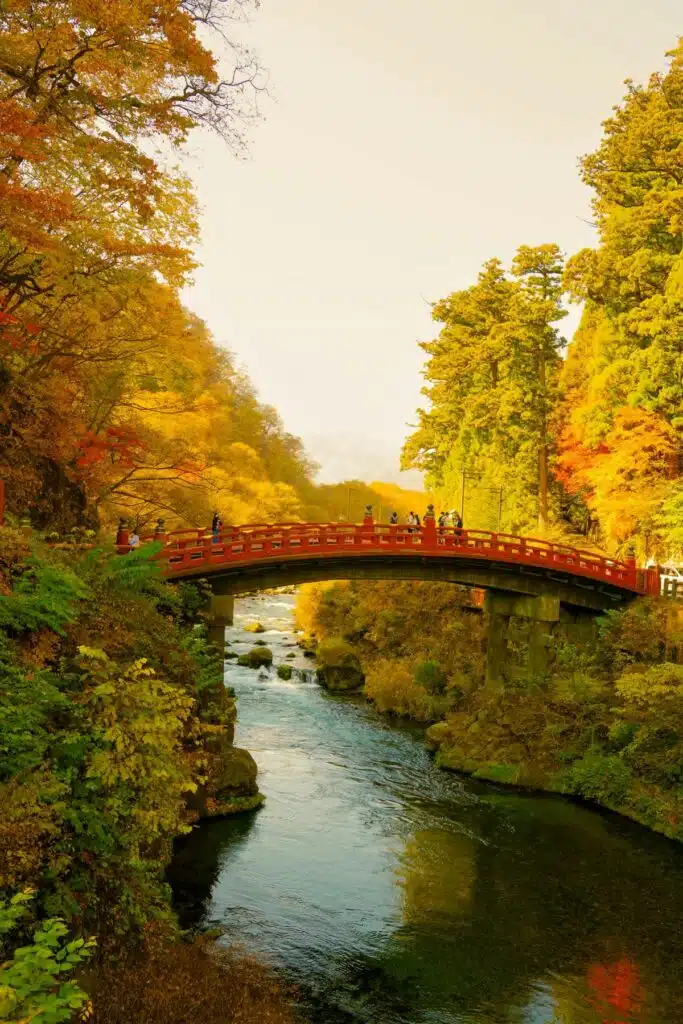
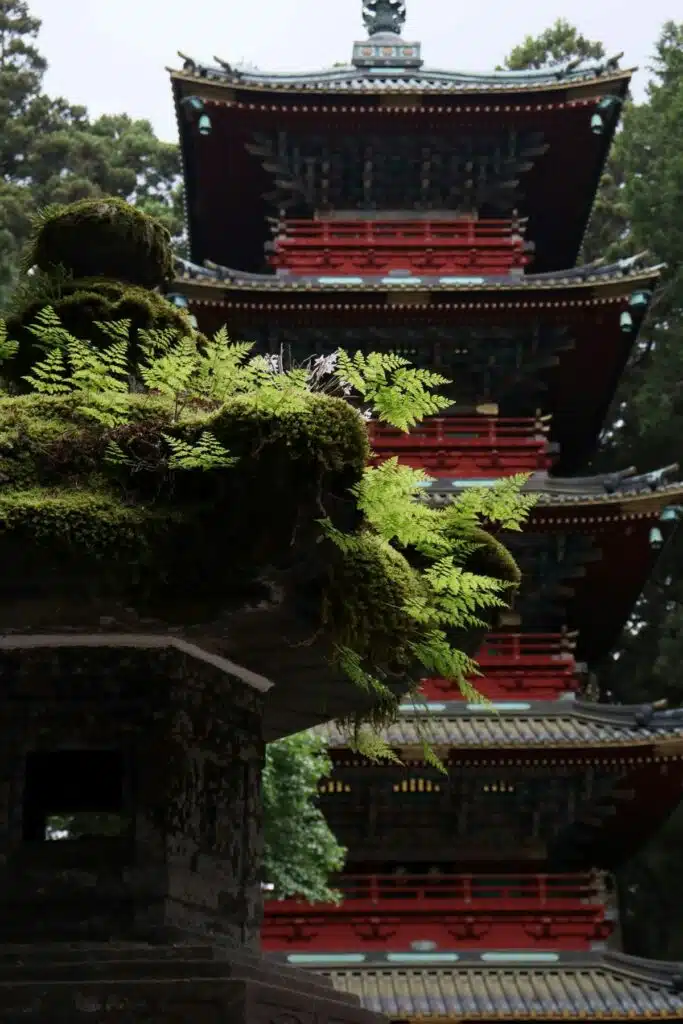
What to See in Nikko
- Toshogu Shrine: The jewel of Nikko, this ornate shrine is the resting place of Tokugawa Ieyasu, founder of the Tokugawa Shogunate. It is adorned with intricate carvings, including the famous “Three Wise Monkeys” and the “Sleeping Cat,” as well as gold leaf accents. The shrine complex is surrounded by towering cedar trees, adding to its mystical atmosphere.
- Rinno-ji Temple: This historic Buddhist temple is home to the Three Buddha Hall, which contains large gold-leaf statues of Amida, Senju-Kannon, and Bato-Kannon. The temple’s tranquil setting makes it a peaceful place for reflection.
- Futarasan Shrine: Dedicated to the deities of the nearby mountains, this ancient Shinto shrine offers a simpler, more rustic atmosphere compared to the grandeur of Toshogu. It’s also a gateway to hiking trails that lead to scenic spots in the area.
- Shinkyo Bridge: This iconic red-lacquered bridge is one of Japan’s most famous, gracefully arching over the Daiya River. It serves as a picturesque entrance to Nikko’s sacred sites.
- Kegon Falls: One of Japan’s most spectacular waterfalls, Kegon Falls drops 97 meters and is particularly beautiful in autumn when the surrounding trees burst into vibrant colors. You can take an elevator down to the base for a closer view.
- Lake Chuzenji: Nestled at the base of Mount Nantai, this serene lake is a popular spot for boating, fishing, and hiking. It’s especially beautiful in autumn when the foliage creates a colorful backdrop.
- Ryuzu Falls: Known as “Dragon Head Falls,” this waterfall’s unique shape and surrounding forest make it a must-visit, especially in spring and fall.
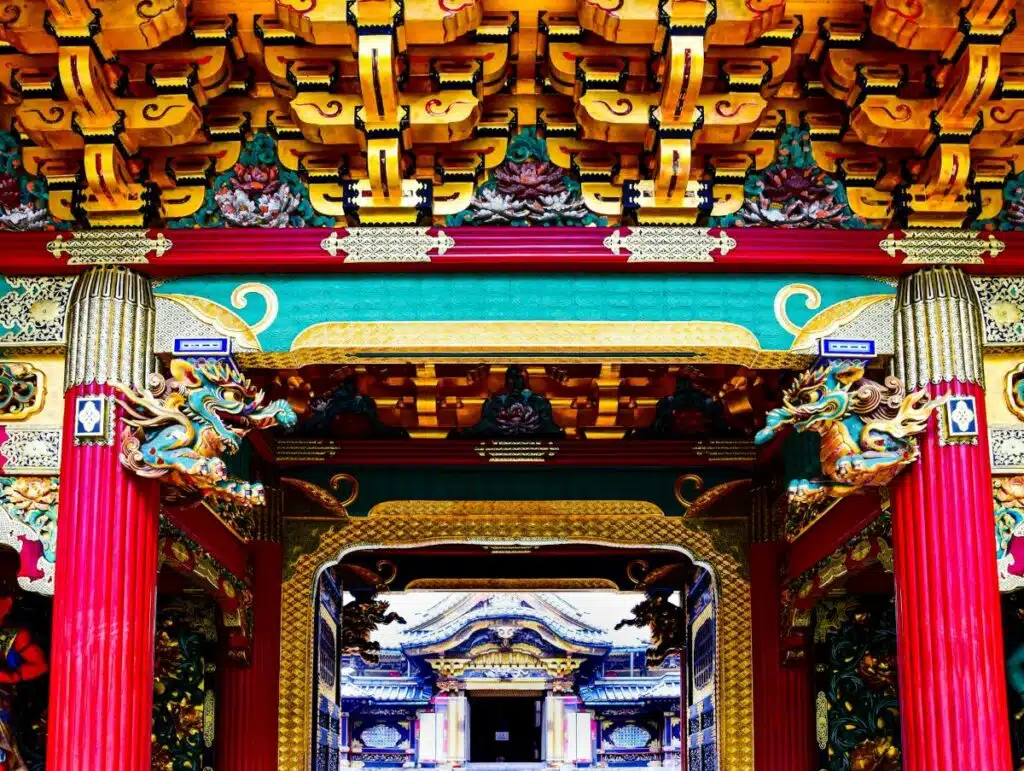
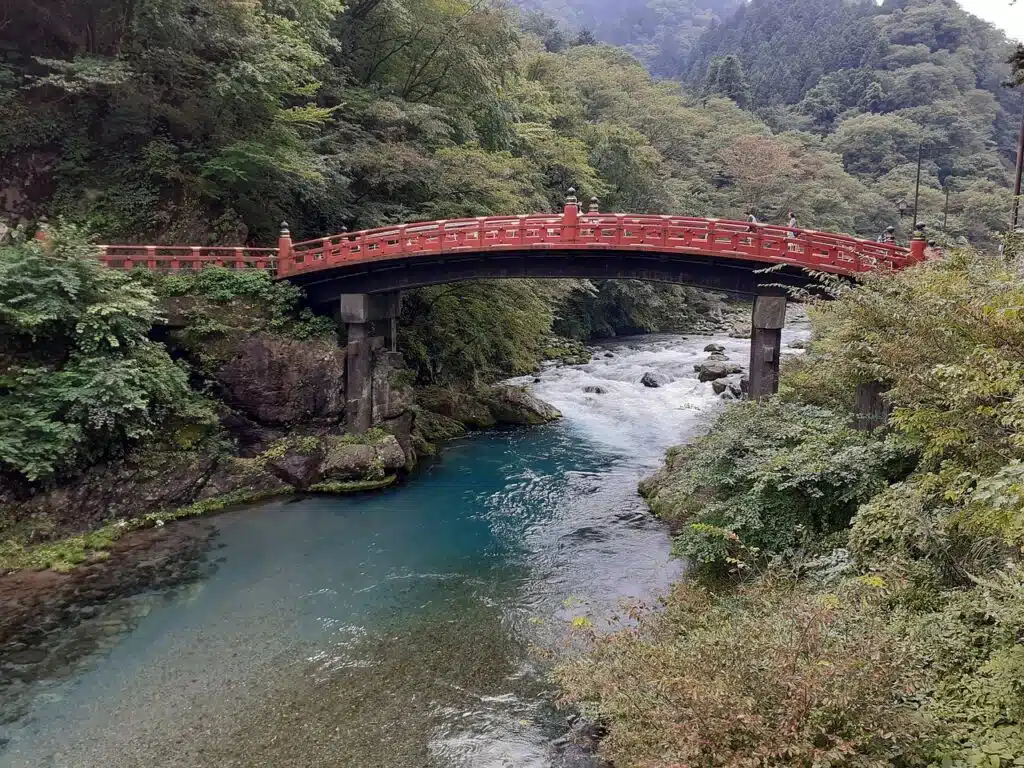
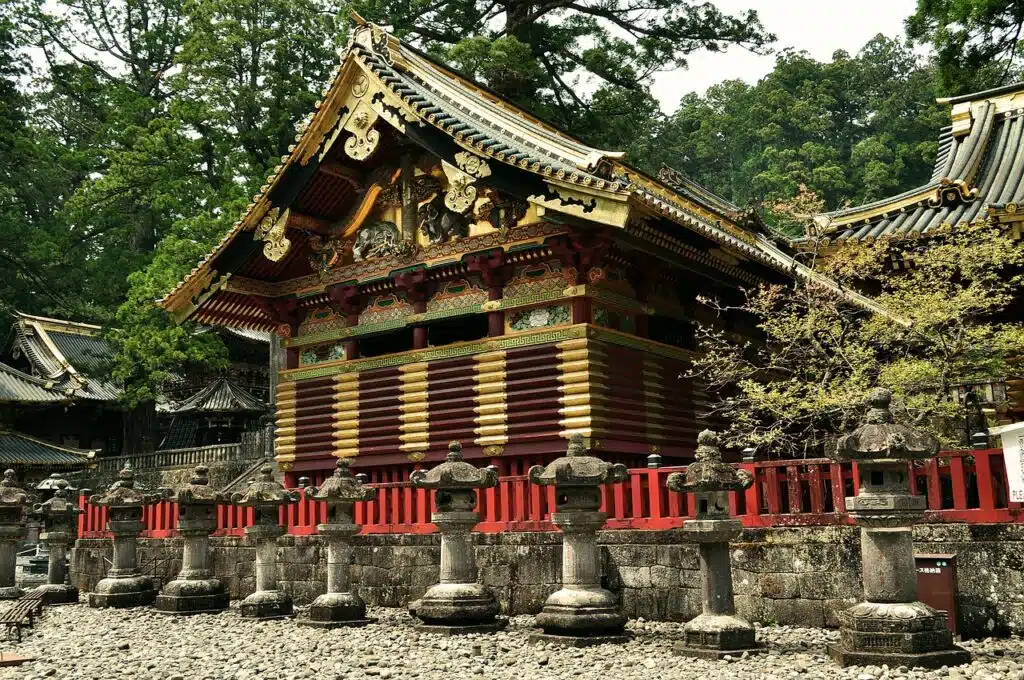
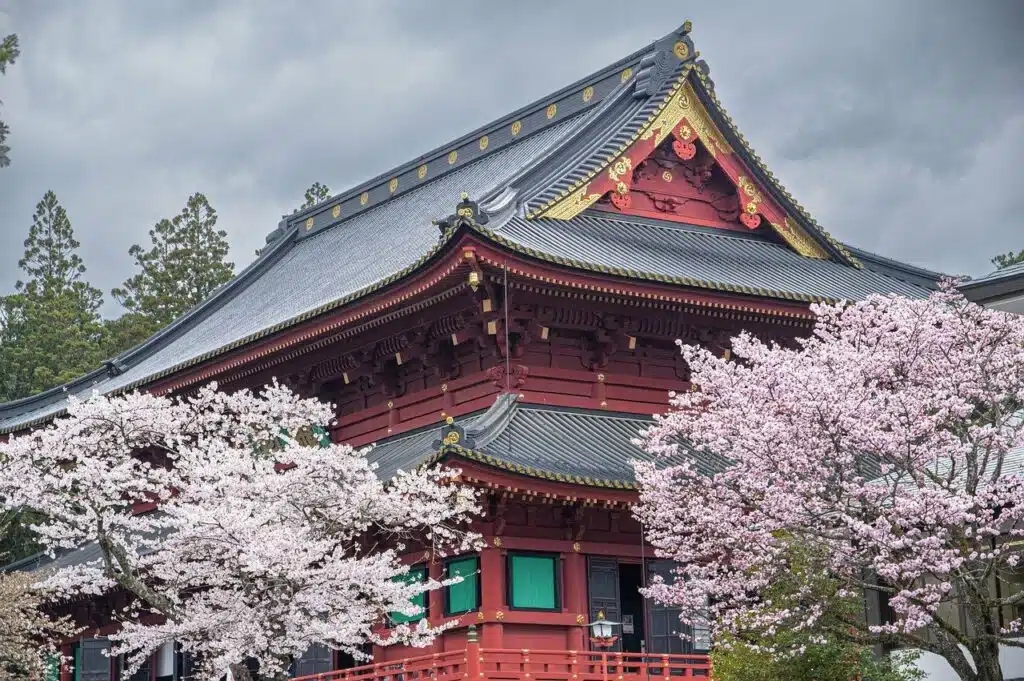
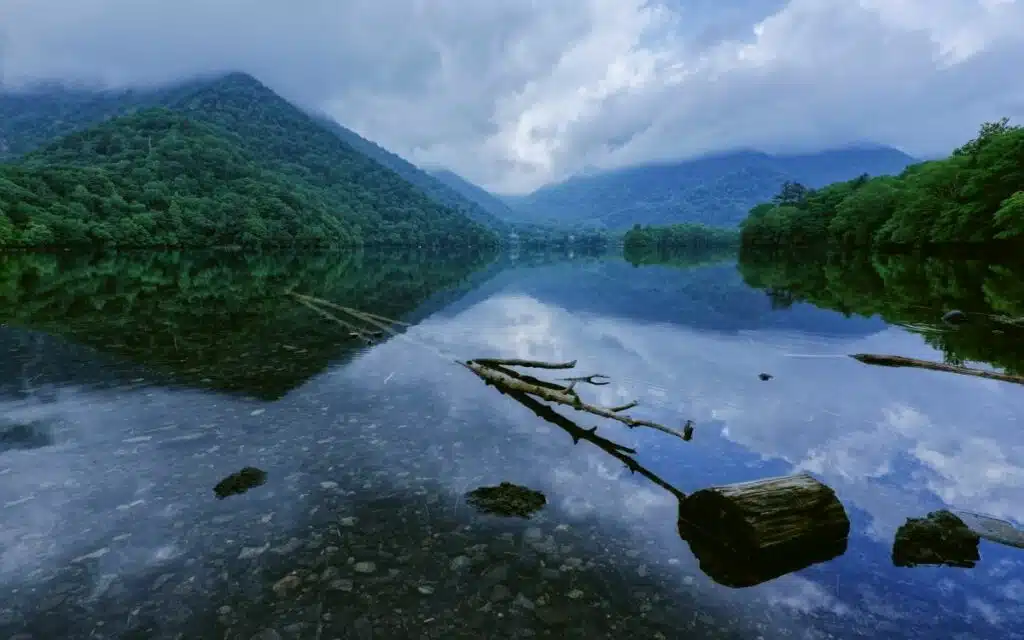
Tips for Visiting Nikko
- Best Time to Visit: Autumn (October-November) is the most popular time due to the stunning fall foliage. Spring is also beautiful, with cherry blossoms blooming around the temples. Winter offers a quiet, snowy landscape, perfect for hot spring visits.
- Plan for a Full Day: Nikko’s main attractions, like the Toshogu Shrine and Kegon Falls, can be spread out, so plan for a full day of exploration. Start early to maximize your time.
- Wear Comfortable Shoes: The shrine complex and hiking trails involve a lot of walking and stairs. Be prepared with comfortable shoes, especially if you plan to explore nature spots like Kegon Falls and Lake Chuzenji.
- Pack for Weather: Nikko’s mountainous location means the weather can be cooler than in Tokyo, even in summer. Bring layers, and if visiting in winter, be prepared for snow and icy paths.
- Stay Overnight: If you have time, stay overnight in a traditional ryokan with access to onsen (hot springs). This allows you to fully enjoy Nikko’s natural beauty, especially in the quieter early mornings and evenings.
- Transportation Tips: Nikko is accessible from Tokyo via the Tobu Railway or JR lines, with direct connections taking about 2 hours. Once in Nikko, a day pass for local buses is convenient for getting around the various sights, including those further out like Kegon Falls.
- Buy the Nikko Pass: If traveling from Tokyo, consider purchasing the Nikko All Area Pass from Tobu Railways. This includes round-trip train fare, unlimited bus rides in Nikko, and discounts on entrance fees.
Why Visit Nikko?
Nikko is a perfect destination for those seeking a mix of cultural heritage, spiritual sites, and natural beauty. With its rich history, stunning shrines, and breathtaking landscapes, Nikko offers a peaceful escape and a chance to connect with both Japan’s past and its serene natural wonders.

